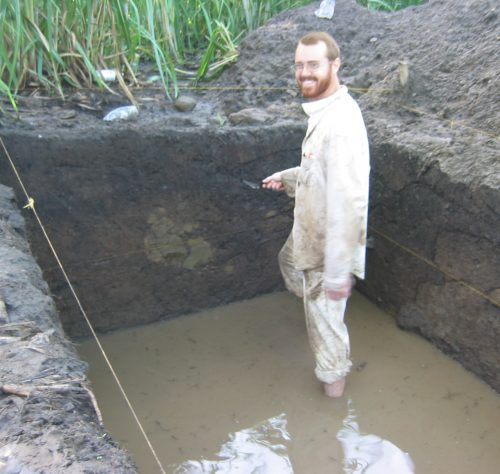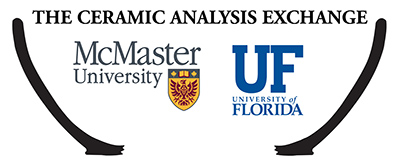 Social Identification and Differentiation through Ceramic Style in Formative Mexico
Social Identification and Differentiation through Ceramic Style in Formative Mexico
March 9, 2021, 1:00 PM EST
Associate Professor Wesley Stoner
Department of Anthropology
University of Arkansas
The Ceramic Analysis Exchange is a collaborative effort between students and faculty from the Laboratory for Interdisciplinary Research on Archaeological Ceramics (LIRAC) at McMaster University, and the Ceramic Technology Lab (CTL). These meetings provide an opportunity for researchers to share ideas and discuss methods and theory related to ceramics in an informal setting. We are pleased to open up our meeting to everyone who’s interested at 1:00pm EST on March 9, when we have Dr. Wes Stoner as our guest speaker.
Abstract: Pottery styles in regions across the world follow similar developmental trajectories over the long term. The earliest pottery within culture regions tends to be rather homogenous over large areas, sharing both basic appearances and more specific design elements. We can look to Chavin and Gallinazo negative ceramics in South America, Corded Ware pottery in Eurasia, or Olmec pottery in Mesoamerica as examples of “style horizons”, which can be defined as the broad-scale sharing of an artistic canon expressed through the material culture among contemporary groups. Style horizons form through a variety of mechanisms ranging from prestige bias and costly signaling among relatively small and open groups to imperialism and cultural hegemony. Less studied are the reasons why those style horizons eventually fragment into more geographically bounded ceramic traditions over time. I argue that this trajectory involves a fundamental shift from externally focused, open communities early in the sequence to more insular and introverted social and economic systems later. I exemplify this shift from the perspective of Formative period central Mexico. Style comparisons, compositional sourcing, and broader settlement trend analysis provide the data to understand the mechanisms that led the formation and dissolution of Mesoamerica’s earliest style horizons.
Please register in advance for this meeting: Zoom Registration

